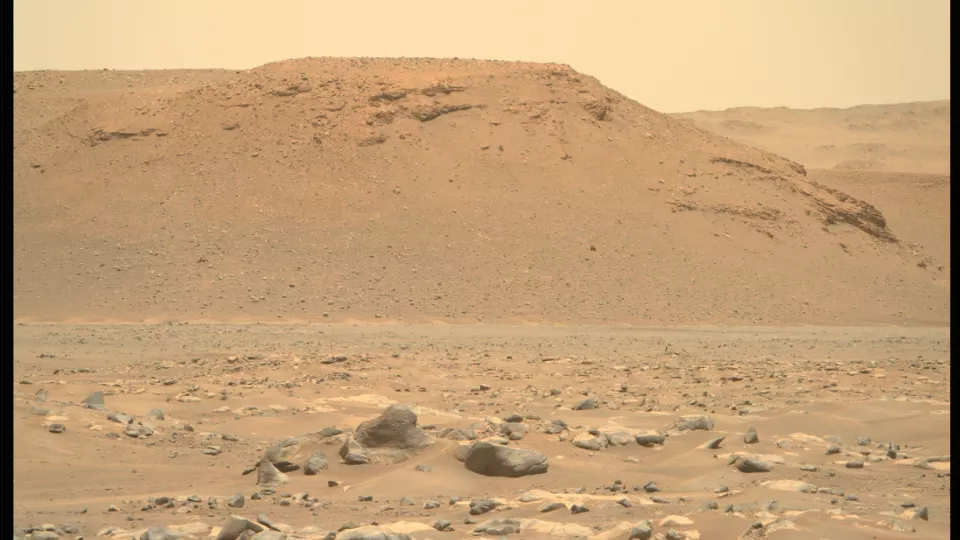A cloud of red smoke. And a couple of seconds of uncertainty. That is how you could describe the visually tantalising real-time images of National Aeronautics and Space Administration's (NASA) space rover Perseverance, swamped by its parachute, touching down on the dusty surface of the planet Mars in February. The applause knew no boundaries. The world’s planetary scientists rubbed their hands together at the thought of Perseverance spending several years gathering samples to answer the question of whether there has ever been any form of life on the iron-oxide-red planet. In the first scientific article based on the data gathered by Perseverance, an international research team, including Lund University, was able to study the hydrological evolution of the crater known as Jezero. The research study, published in the journal Science, reveals new facts about how a viable lake and its meandering river deltas evolved.
“We can see a transition in the nature of the fluvial system feeding the western delta. This could be interpreted as the area having gone from being potentially habitable to the opposite. The images have given us new knowledge about the history of paleolakes on Mars”, says Sanna Alwmark, geology researcher at Lund University.
Using advanced analysis of images selected from a total of 150 000, the research team formed an idea of the development of the prehistoric lake. It is too soon to say what caused the Jezero crater paleolake to eventually dry up, which began sometime after 3.6 billion years ago.
“Something drastic happened on Mars. What and when is unclear”, says Sanna Alwmark.
It is not only the deeper insight into the change in the climate on Mars and its impact on the lake system and river deltas in the Jezero crater that the researchers want to highlight in the study. The results also highlight areas of higher potential when it comes to the search for ancient life. For example, banks of fine-grained sediments have potential to preserve traces of possible past martian life, known as biosignatures.
“We have to concentrate on very tiny things, biosignatures and organic material. And that means searching in material in which the conditions for the preservation of tiny things are most favourable”, says Sanna Alwmark.
Besides Lund University, around twenty higher education institutions and organisations took part in the study.
The study has been published in the research journal Science.
